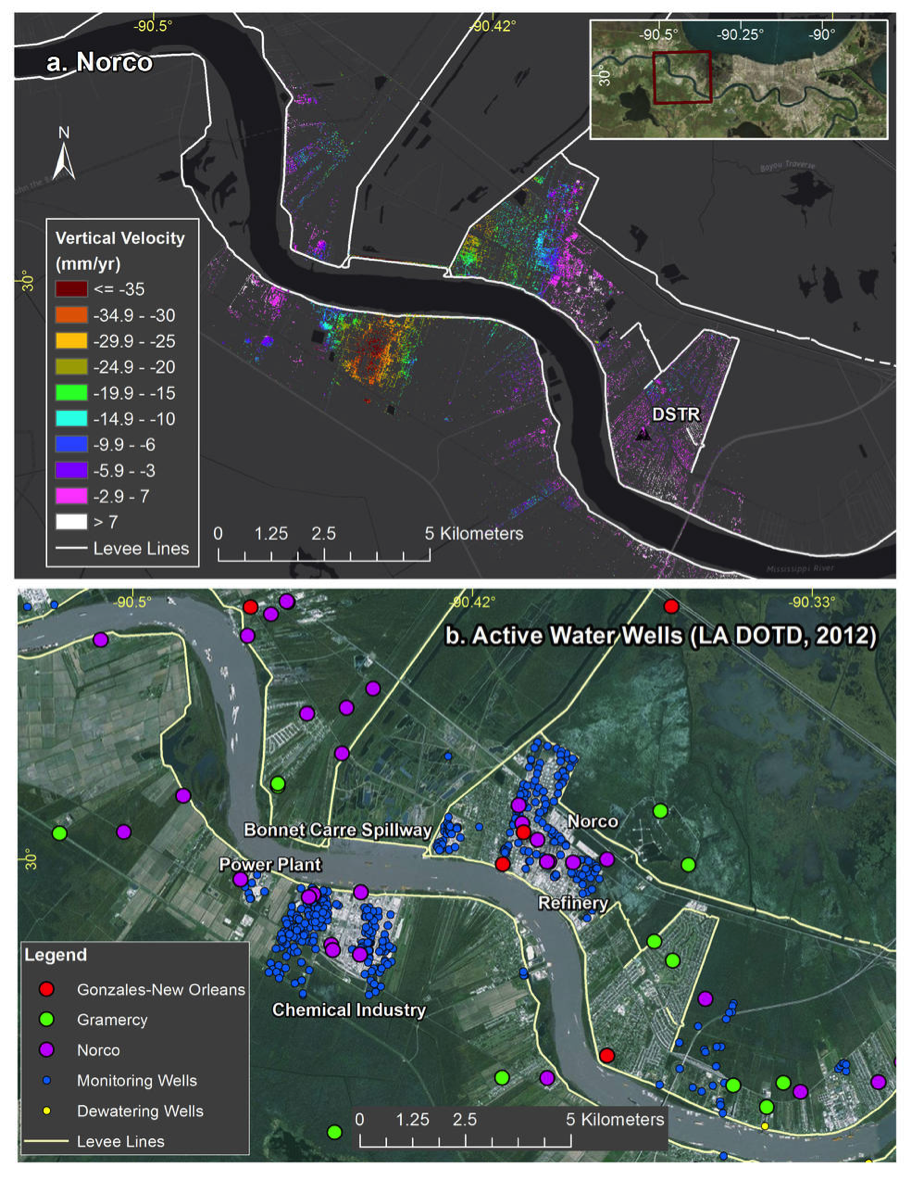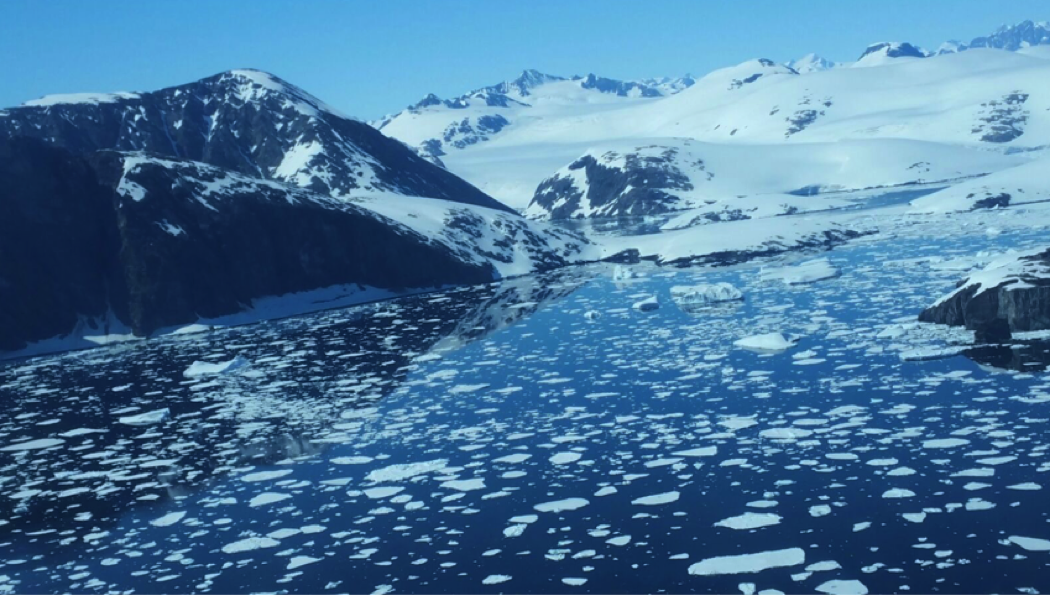A NASA press release highlighting Dr. Cathleen Jones, her Louisiana State University and UCLA colleagues’ research on land subsidence in New Orleans and surrounding areas was published on May 16. This study based on data acquired by UAVSAR between June 2009 and July 2012 observed the highly variable rates of sinking due to a combination of natural geologic and human-induced processes. The highest rates of sinking were observed along the Mississippi River around major industrial areas in Norco and Michoud. The study found that groundwater pumping and dewatering (surface water pumping to lower the water table to prevent standing water and soggy ground) were the primary contributors to regional subsidence. The study results as well as more recent UAVSAR data will be used to improve models of subsidence for the Mississippi River Delta that decision makers use to inform planning, flood modeling, and response strategies, thus improving public safety. The subsidence rates were illustrated in the graphics below.

Top: Subsidence rates around Norco, Louisiana, and the location of flood protection levees (white). Bottom: Location of water wells active in 2012, local industry and the Bonnet Carre Spillway. The highest subsidence forms a bowl within the major industry site to the south of the river.
Credits: NASA/JPL-Caltech, Esri



